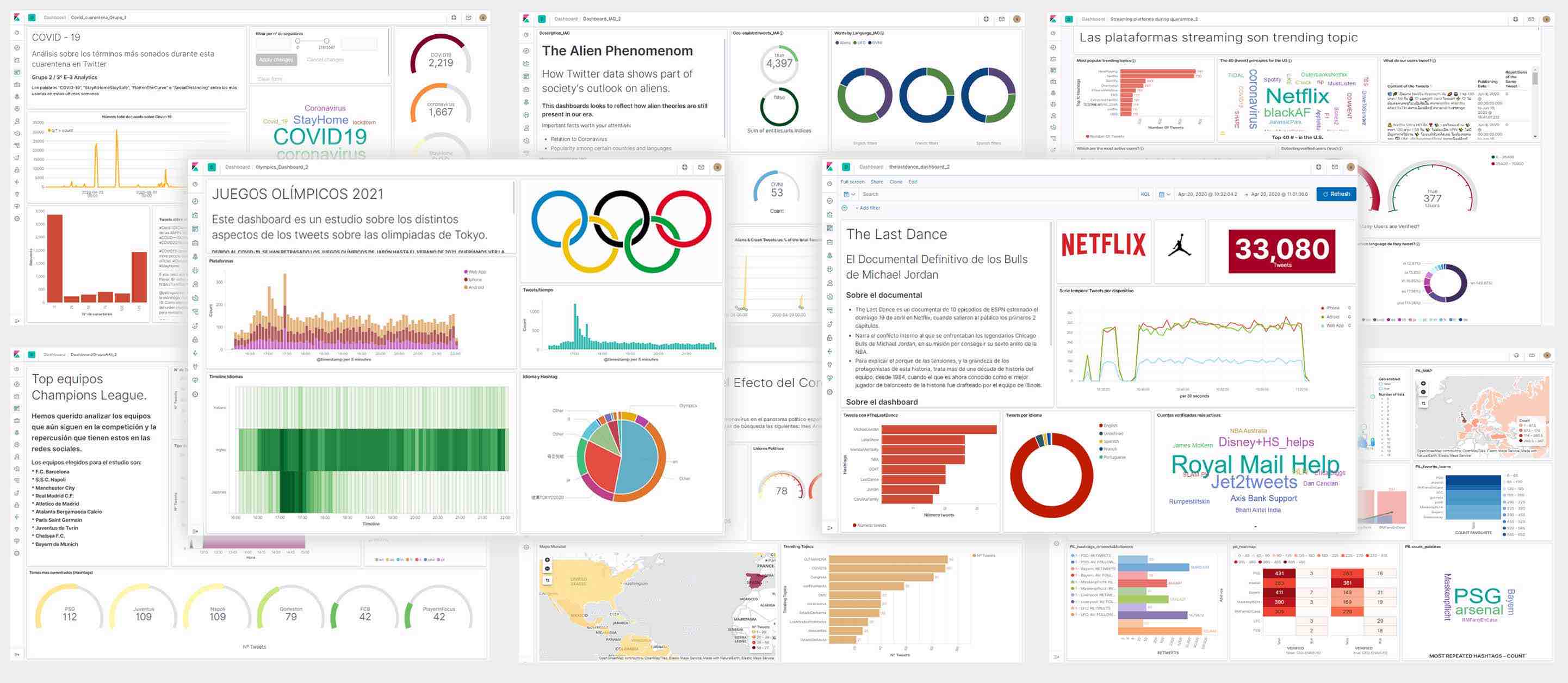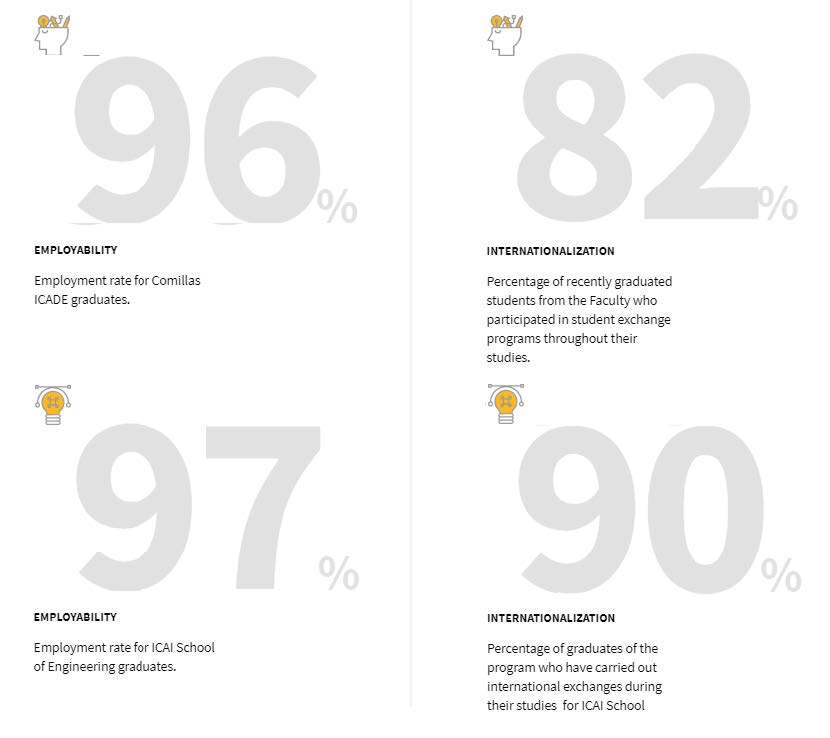The benefits of cloud education in pandemic times
Our new Elastic for Students and Educator program provides online resources and support to help you teach and learn no matter where you are. Hear from Luis Francisco Sánchez Merchante, an educator based in Spain, as he reflects on the challenges he’s faced while teaching during a global pandemic.
We live in strange days. We feel, as never before, like characters in a disaster movie. We have been affected by pandemics that spread across the world before, but it might be the first time that it has occurred during a time of well-being and technological superiority that made us feel immune. This is an opportunity to reconsider our priorities and an occasion to become aware of our position in the world. But we’ve paid a high price and we’re still paying it.
Our life has been altered to extremes that none of us could have imagined just a year ago. We have been forced to change our routines. Changing habits in the personal sphere will be tough and it will take time to get used to. Unfortunately, we don’t have that time in the professional sphere.
Too many questions
The tourism sector in Spain reached 12.3% of the GDP in 2018. Because of its importance, any butterfly effect around this sector can result in a nationwide hurricane. We can imagine that this sector will receive special attention to make this transition as painless as possible. But what will happen to other less visible sectors?
Education is an example of one of those sectors of vital importance that is not considered to be a driving force of the economy. So how will the current situation affect schools? Even more importantly, how will this situation affect education itself? Nurseries, primary and secondary schools, and universities are called upon to carry out deep changes — not only at the level of infrastructure but also, and above all, to their education methodology. The success of many academic plans is supported by personalized attention and the proximity between teachers and students: building a motivating environment that favors knowledge generation or leveraging contact networks in the academic community. Can we replace face-to-face education with a completely remote model?
I guess it’s feasible, but it will require a huge effort. Replacing classroom lectures with Zoom or Teams sessions allowed us to overcome the semester with the least possible disruption for students. But this situation may be prolonged. Even if science finds the means to defeat the virus, there is no guarantee that in months or years a similar situation will not reoccur. Changes must be global. We might be living in a time where the trend that technology followed — favouring delocalisation over centralised systems — starts to apply to education.
Cloud providers, educational partners
Remote education is not only about updating the transmission channel or about keeping the same schedule and educational resources as before, but doing so with the student at home. The advantage of remote learning is that students can manage their own time by accessing class materials and completing requested tasks autonomously. This implies that if certain infrastructure is needed for a lab (access to a database, for example), having those servers up and running only during class is no longer sufficient. Nor is leaving the servers up indefinitely an alternative, because that will certainly be a waste of resources.
The model that best suits remote education involves cloud technologies. Being able to start or stop services remotely with automatic resource management and deployments that can scale according to demand is the reason why cloud providers appeared. Most educational institutions do not have the capacity to build and administer their own data processing center. Since academic institutions are not money-making machines, collaboration between IT companies and academic institutions is the desired scenario.
With the quick evolution of IT products (especially those in the big data domain), working on cloud makes it extremely easy to use those products in academic programs. Many products get major upgrades at least once a year, not only to fix bugs, but also to include new features or improve the user experience. After a few upgrades, the version referenced in the training material may have little to do with the current version that is used in the industry. This isn’t the worst situation; sometimes academic programs can be using legacy or deprecated software that students will never see during their professional life. But cloud providers offer a great solution for this issue. Due to their virtual nature, most cloud updates are not disruptive because new updated nodes can be added before removing old ones without stopping the service. This can also be accomplished on premise, but if you have been in that position, the technical, human and administrative complexity to schedule a major upgrade makes many companies ignore or postpone them sometimes indefinitely.
An encouraging example of the direct collaboration between IT companies and academic institutions is the relationship between Elastic and Comillas University. I’m a lecturer at the engineering school ICAI, where we are teaching data visualization in several degrees and postgraduate courses. The purpose is that students learn to distinguish use cases and use the appropriate visualization tools. Even though everyone is aware of the most popular dashboarding applications that aim to cover most of the industry’s needs, it is precisely this completeness of vision that can make them waver in some areas.
One of the most paradigmatic use cases in data visualization is the creation of dashboards for monitoring. Most versatile tools are not well equipped to present information that is updated in real time. However, this is highly demanded by the industry. If our students run into any of those use cases, we want them to have the expertise to make the best choice.
I have always considered that collaborating with universities is the best investment that companies can make. During my time in the industry I tried to put it into practice. Not only does the community perceive these companies as entities that care about building future generations, but also students have the opportunity to become familiar with their products.
As a recent graduate, if you have to select a cloud or a database provider, it is likely that your experience as a college student will influence your decision. Those were my thoughts as a rookie teacher when I joined the university two years ago. I was willing to establish cooperation agreements with as many companies as possible to provide a quality, industry-linked education for our students. Most of the outreach I made never materialized. But one of the few exceptions that saw the potential of this collaboration to raise awareness of their products was Elastic. The subject of data visualization was part of the master’s degree in Big Data Technologies and Advanced Analytics, and when the program launched there were only 25 students. From the beginning, Elastic provided extended use of Elastic Cloud, the official service for running the Elastic Stack in the cloud, without any intrusive ads or tradeoffs. Two years later, interest in data visualization has grown and is taught in several programs. In the last edition, around 200 students made use of Elastic Cloud to run Elasticsearch and Kibana.

This deployment has not only allowed us to train our students in the use of Kibana, but having a cloud service during the recent restrictions also helped us to complete the semester without altering the content of the sessions.
Kibana as a business and teaching tool
Teaching telecommunication engineers or post-graduates in Big Data and Advanced Analytics in the use of these tools is expected. But data visualization is not only taught in engineering degrees and scientific postgraduate courses, but it is also part of some double degrees such as the degree in Business Administration and Management and Business Analysis or the degree in Business Analysis and Law. Since companies are getting more and more data centric, it’s not difficult to picture an executive downloading data from an API. Or a lawyer using SQL to query a database. Or a business analyst making predictions using a deep-learning algorithm.
Their skills will be different than those of a computer engineer who received several years of training in software architecture and coding, but being able to do simple website scraping, or understanding the concepts behind a machine learning algorithm, or being able to build a dashboard with social network data can be of great support for their core business. And that’s the ultimate goal: that our students leave college better prepared, mastering actual industry tools that will make them better professionals.

See what tools and resources are available to you through our new Elastic for Students and Educators program.